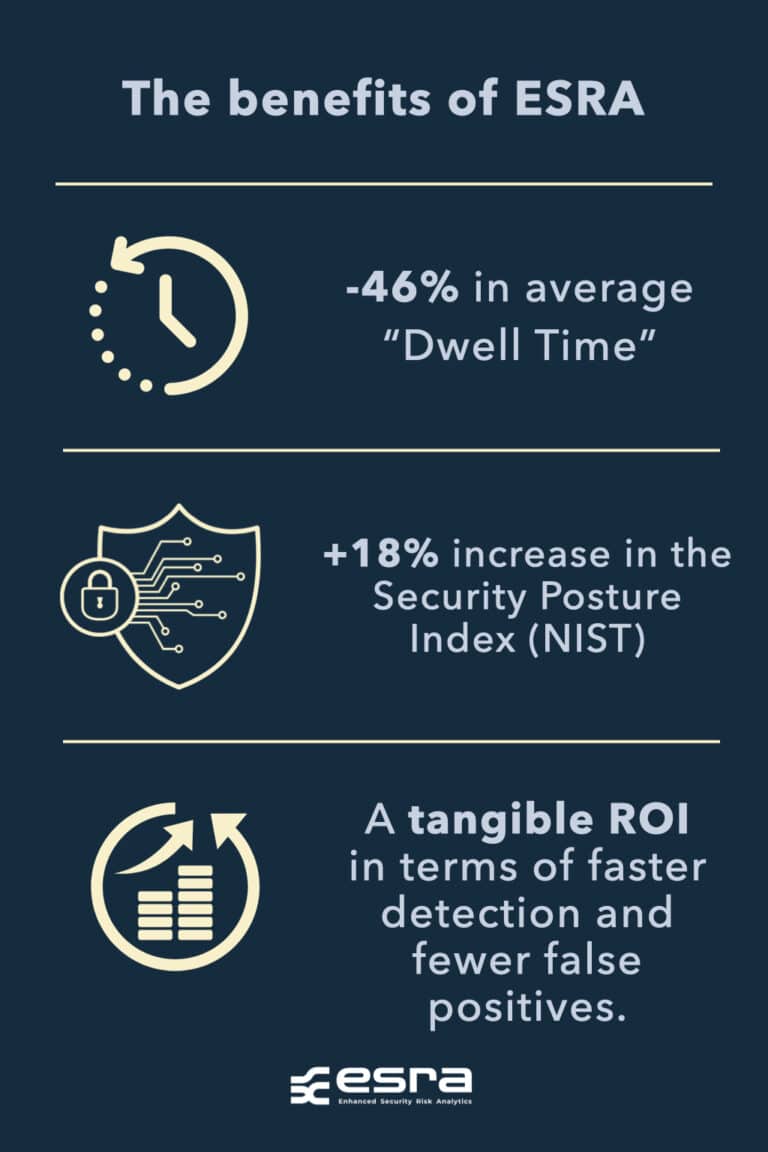
In 2025, AI-powered attacks account for over 28% of advanced threats: deepfake phishing, prompt injection, generative social engineering, and adaptive malware now make up the core arsenal of modern threat actors. In the face of these ever-evolving challenges, rethinking security architecture through a next-generation Zero Trust approach and adopting autonomous defense models has become increasingly urgent.
The new Zero Trust paradigm is based on a set of technological and methodological elements that mark a clear evolution from traditional models. The goal is no longer simply to “verify and trust,” but to establish continuous and granular control, where user and system behavior becomes the central axis for access decisions.
One of the cornerstones is the adoption of behavioral IAM with continuous authentication, capable of dynamically adapting to user context and behavior, moving beyond static authentication logic. This enables real-time response to anomalies, strengthening the system’s overall resilience.
Adaptive micro-segmentation, extended even to containerized workloads, allows dynamic isolation of resources based on operational context. This approach reduces the attack surface and prevents lateral movement in hybrid and distributed environments. Another strategic component is crypto-agility. By adopting post-quantum cryptographic protocols such as Kyber, organizations can anticipate threats posed by quantum computing and ensure long-term protection of sensitive digital assets.
Lastly, full compliance with frameworks like NIST SP 800-207 and CSA ZT ensures adherence to shared, auditable best practices. Adopting these standards enhances interoperability and supports structured, governable security models. Meanwhile, cognitive SOCs are evolving to counter increasingly elusive and distributed threats. The paradigm is shifting from a reactive to a predictive model, enabled by automation and artificial intelligence.
XDR solutions with cross-domain orchestration aggregate signals from different environments (cloud, identity, endpoint) and trigger automated responses, drastically reducing mean detection and response times.
Behavioral AI models, such as autoencoders and LSTM networks, detect anomalies against dynamic baselines. These models are particularly effective against zero-day threats and mimetic attacks that bypass traditional rules. Correlation with the MITRE ATT&CK framework enables precise mapping of TTPs (Tactics, Techniques, and Procedures) used by adversaries. This allows SOCs to detect elusive threats, even when they appear fragmented or unconventional.
The software supply chain has also become a critical vector. In cloud-native and DevOps environments, rapid release cycles increase vulnerability exposure if not properly governed. In this context, adopting dynamic SBOMs, AI-supported SCA/DAST code analysis, and continuous control within CI/CD pipelines is essential.
European compliance requirements -including GDPR, NIS2, DORA, and the AI Act- demand a systemic rethink of cloud security. Security-by-design is no longer optional; it requires a focus on data sovereignty, advanced encryption, and transparent AI governance.
In such a fragmented landscape, the ability to make fast, informed decisions is the new competitive advantage. Implementing a data-driven cyber risk management platform—one that integrates operational context, predictive models, and adaptive decision flows—enables organizations to effectively prioritize threats and optimize response.
Emerging technologies like ESRA are proving to be strategic enablers of this vision, especially in high-variability contexts and hybrid cloud infrastructures.
The benefits are already measurable:

In a world where even attacks are learning, defense must do the same. Adopting a Zero Trust 2.0 model, powered by artificial intelligence and orchestrated through data-driven solutions like ESRA, is not just a technological evolution—it is a strategic necessity.

ai.esra SpA – strada del Lionetto 6 Torino, Italy, 10146
Tel +39 011 234 4611
CAP. SOC. € 50.000,00 i.v. – REA TO1339590 CF e PI 13107650015
“This website is committed to ensuring digital accessibility in accordance with European regulations (EAA). To report accessibility issues, please write to: ai.esra@ai-esra.com”
ai.esra SpA – strada del Lionetto 6 Torino, Italy, 10146
Tel +39 011 234 4611
CAP. SOC. € 50.000,00 i.v. – REA TO1339590
CF e PI 13107650015
© 2024 Esra – All Rights Reserved